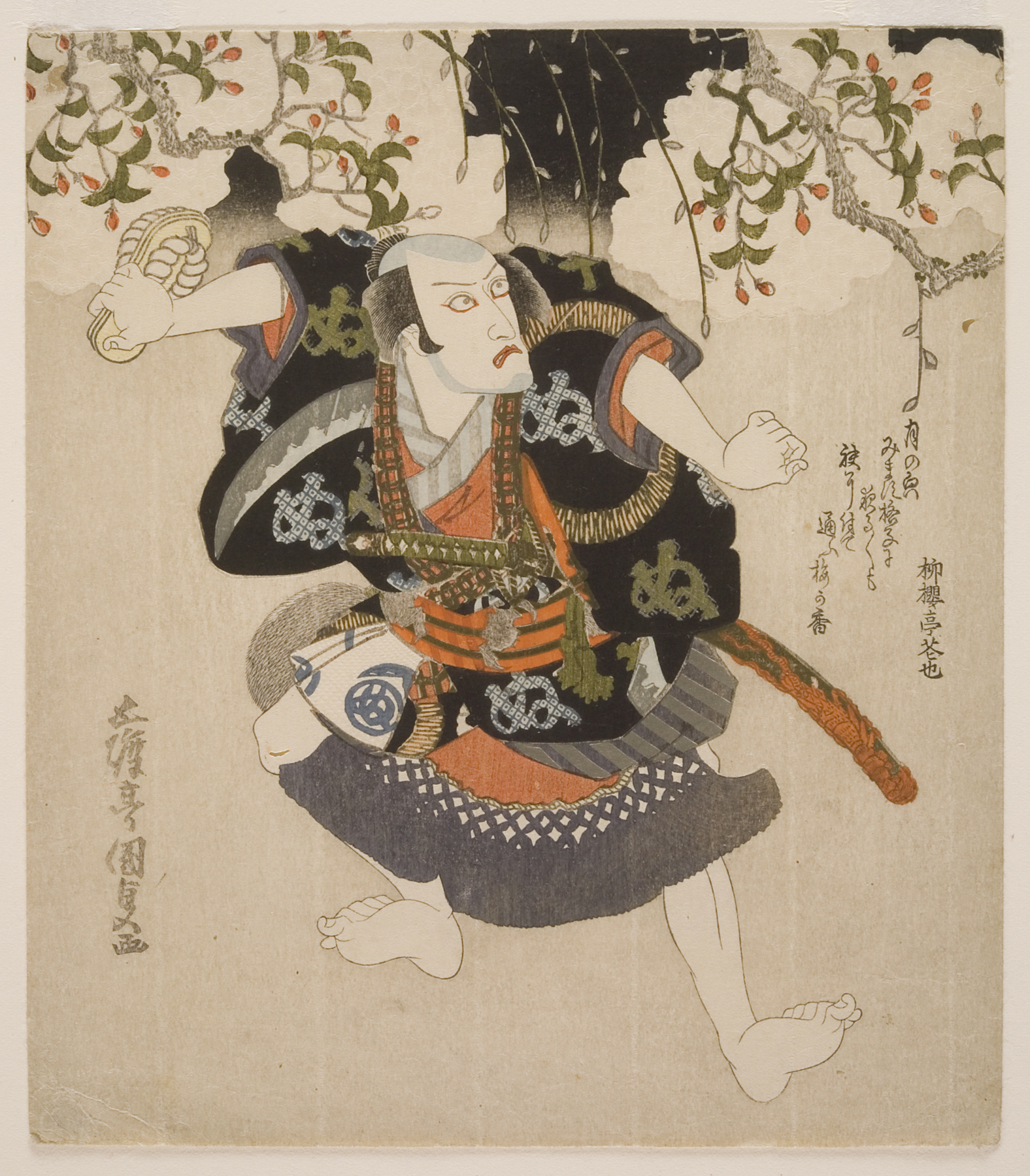actor Ichikawa Danjūrō VII as Fuwa Banzaemon, Utagawa Kunisada
Artwork Overview
Utagawa Kunisada, artist
1786–1864
actor Ichikawa Danjūrō VII as Fuwa Banzaemon,
1827, Edo period (1600–1868)
Where object was made: Japan
Material/technique: color woodcut
Dimensions:
Image Dimensions Height/Width (Height x Width): 211 x 180 mm
Image Dimensions Height/Width (Height x Width): 83 1/16 x 70 7/8 in
Mat Dimensions (Height x Width): 19 x 14 in
Image Dimensions Height/Width (Height x Width): 211 x 180 mm
Image Dimensions Height/Width (Height x Width): 83 1/16 x 70 7/8 in
Mat Dimensions (Height x Width): 19 x 14 in
Credit line: William Bridges Thayer Memorial
Accession number: 0000.1476
Not on display
If you wish to reproduce this image, please submit an image request





